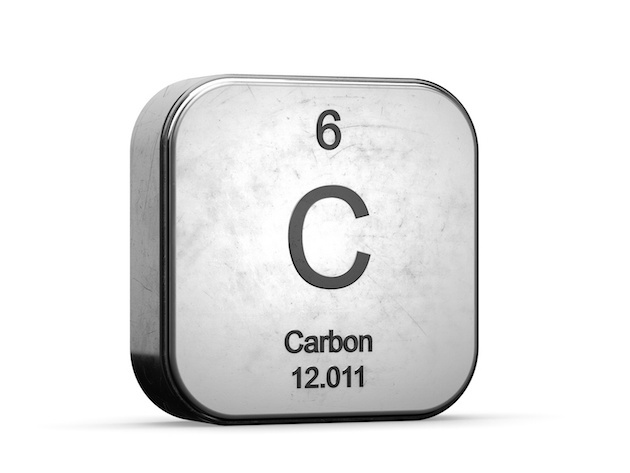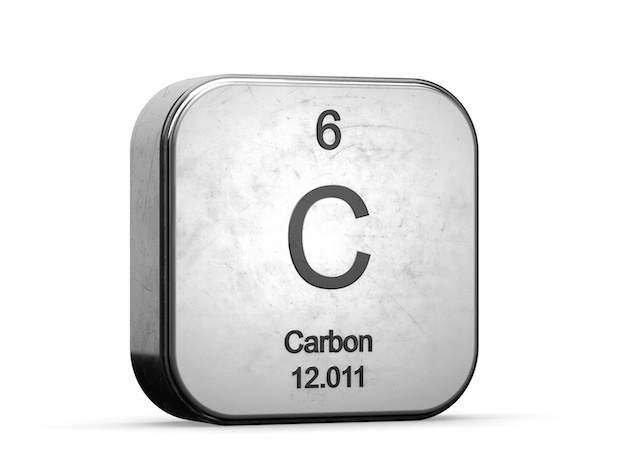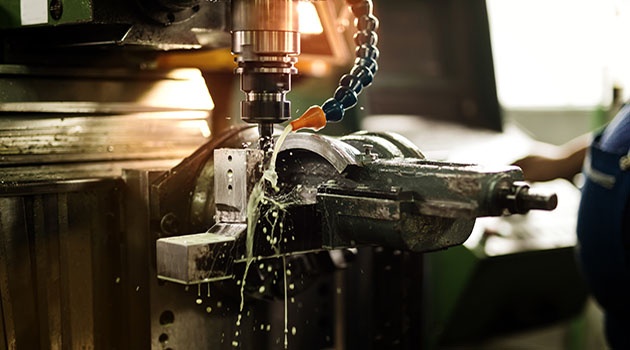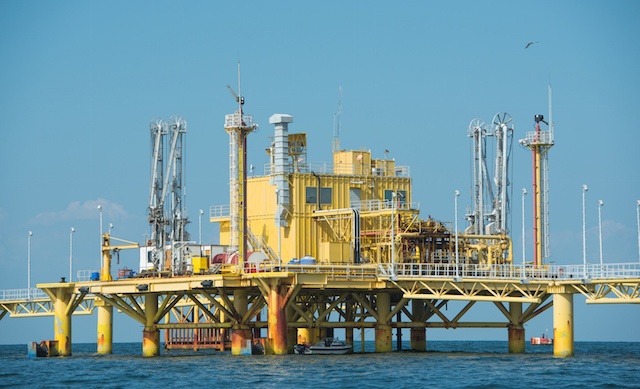
In nature, carbon is one of the most useful elements. It occurs in the Earth’s crust, the atmosphere, the human body… it is a common element across all known life. The beauty of carbon is that it can bond together in many different ways. These allotropes of carbon have different properties, such as graphite and diamond. Carbon’s physical properties vary widely across these allotropes.
When it comes to carbon within nickel-based alloys, its compositional limits are very carefully controlled. While carbon can lend useful properties, such as increased strength and toughness, the higher the carbon content, the more chance of carbide precipitation. Carbide precipitation is caused when the carbon content in an alloy reacts with the atmosphere at certain temperatures. As many of the high-performance alloys that Corrotherm supplies are designed for use in extreme environments, it is important that the carbon content of the material does not increase to a level where it can cause problems.
Carbide precipitation can also occur during heat treatment, welding and manufacturing, depending on the operating temperatures. Carbide precipitation can leave an alloy open to intergranular corrosion or intergranular stress corrosion cracking – neither of which are desirable. For materials that require high-temperature usage and good corrosion resistance, thecarbon level must be monitored carefully.
Controlling carbon
For example, INCONEL alloy C276 is a superalloy known for its outstanding corrosion resistance. It is used across a range of severely corrosive environments, including power station flue gas desulphurisation components, chemical processing plants, pulp and paper plants, waste treatment and more. Its low carbon content, a maximum of 0.01%, minimises the carbide precipitation during heat treatment and welding. This maintains its resistance to intergranular attack and its high strength and corrosive properties.
Most other INCONEL and INCOLOY alloys that Corrotherm supplies will also have tightly controlled carbon limits, however it is a fine balance. The INCOLOY 800 series of materials is a good example of this, as each is a refinement on the previous, which includes adapting the limits of the carbon content to impart certain characteristics.
INCOLOY alloy 800 is an iron-nickel-chromium alloy with a low carbon content of a maximum of 0.10% carbon (with no lower limit specified). The material was found to have higher creep and rupture properties with higher carbon levels, so the material was made within a carbon range of 0.05 to 0.10%, except when a lower carbon content was specifically requested. This became known as INCOLOY alloy 800H, which is a controlled composition derivative of the original INCOLOY alloy 800, with the carbon content kept within these specified limits. Its applications include petrochemical processing reformer tubing, superheater and reheater tubing in power generation and more.
After further analysis of the material, it was refined again making carefully controlled changes to the compositional limits of a number of the elements. It is used for the same creep-resistant applications, but the combined effects of mechanical and thermal processing of the alloy permit higher design stresses to be incorporated. The carbon content of this material is limited to between 0.06-0.10%. The carbon content in alloys 800H and 800HT result in high-temperature strength and resistance to creep and rupture.
Find out more about any of the alloys that Corrotherm stocks on our Grades pages. Contacta member of our Sales team to discuss your requirements.
 Product focus – Carbon
Product focus – Carbon

